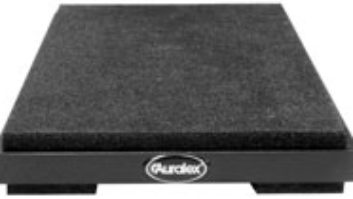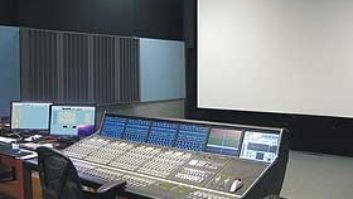As the accompanying article stresses, any installation plan that includes speaker cabinets suspended above an audience area should be reviewed by a qualified engineer. However, ensuring that the stationary mechanical attachment is properly designed is not enough — the loudspeaker cabinets themselves must be capable of supporting their own weight, plus any additional load suspended from them. Not surprisingly, manufacturers are keenly aware of liability issues, and take care to test and document the structural integrity of any speaker designed to be hung or mounted.
“Safety is always one of the first things we think about when building a cabinet,” says Larry Howard, business and product development manager for Tannoy distributor TGI North America. “Understanding the particular niche market that each of these products is going into is paramount as well.” Howard notes that, for products aimed at the lower end of the installation market, “you really have to build in every safety issue that you can because of the level of installer that’s going to be putting the product in.” Tannoy tests all of its loudspeaker cabinets to destruction, and that data is passed on to the customer. “We’re very clear in our manuals and instructions what not to do,” Howard concludes.
In addition to club and installation speakers, EAW manufactures loudspeaker systems for touring applications, but the company pays rigorous attention to safety issues, regardless of the eventual application. “Anything that we build is pull-tested,” says EAW’s manager of touring systems, Paul Carelli. “The structural integrity of the box is taken into account during the design stage. If we know that this model is going to be flown over people’s heads, we take that into account.” EAW’s design specifications include a 7:1 safety capacity, which means that the integral rigging points in each cabinet will hold at least seven times the weight of the box. In the case of the larger cabinets, this is accomplished through the use of an integrated steel frame, so that all rigging connections are steel-to-steel. “We also include in the instructions that, if you are going to hang it, use a qualified rigger,” notes Carelli. “We steer our customers to qualified professionals.”
In general, any professional loudspeaker manufacturer will design each of its products with an eye to its likely use. However, users intending to suspend or wall-mount speakers should always check the manufacturer’s literature or Website to ensure that the cabinet has been approved for use in the intended application.







